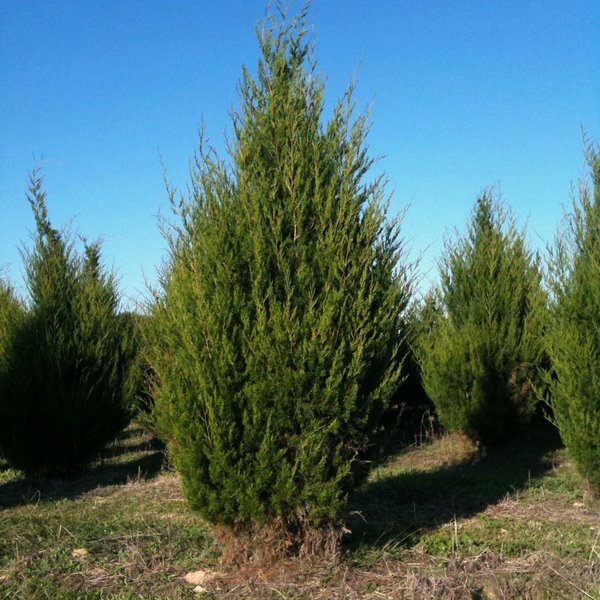 I hope to never see summers like 2011 and 2012. Dry and hot! These conditions are not good for any living plant of any kind. Drought is a common occurrence affecting the health of trees in south-central Kansas. Property owners who notice wilting and scorched leaves (below) may wonder if trees will survive. Drought alone rarely kills well-established trees. But effects of extended drought, combined with other stressors, can be serious and irreversible. Lack of water limits a tree’s ability to absorb nutrients, weakens natural defenses and leaves it vulnerable to heat, cold, insects, and pathogens. In some cases, the tree may die.
I hope to never see summers like 2011 and 2012. Dry and hot! These conditions are not good for any living plant of any kind. Drought is a common occurrence affecting the health of trees in south-central Kansas. Property owners who notice wilting and scorched leaves (below) may wonder if trees will survive. Drought alone rarely kills well-established trees. But effects of extended drought, combined with other stressors, can be serious and irreversible. Lack of water limits a tree’s ability to absorb nutrients, weakens natural defenses and leaves it vulnerable to heat, cold, insects, and pathogens. In some cases, the tree may die.
All trees have natural protection from ordinary seasonal drought, and some species are known for their ability to withstand severe, prolonged drought conditions. Even for trees that are not particularly drought-tolerant, a healthy and robust root system is remarkably efficient at extracting soil moisture for survival. Problems arise when the root system is compromised by poor soil quality, inadequate soil volume or compaction, or paved surfaces. Poor horticultural practices render even the most drought-tolerant tree helpless when soil moisture is insufficient. It is impossible to control the weather, but you can drought-proof your landscape by following good horticultural practices when selecting your next tree. Continue reading “Trees and Drought”

